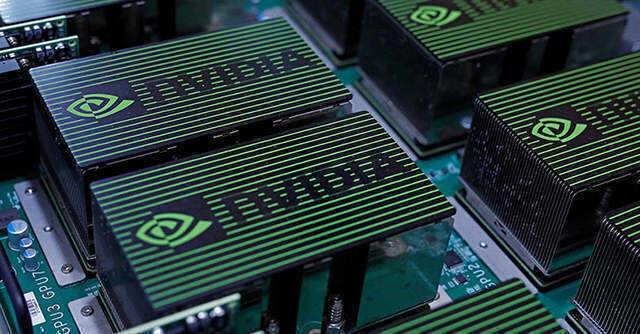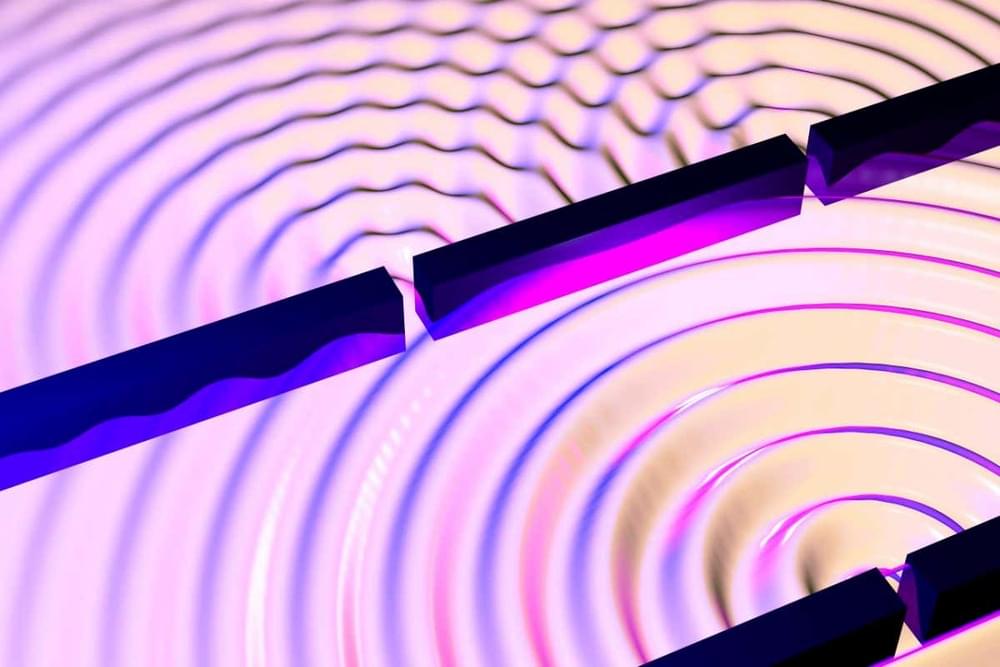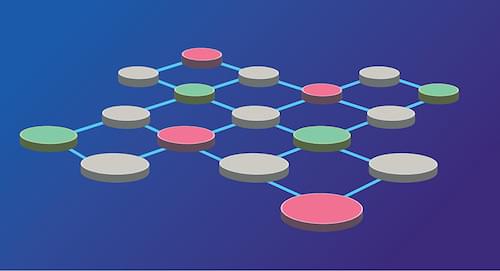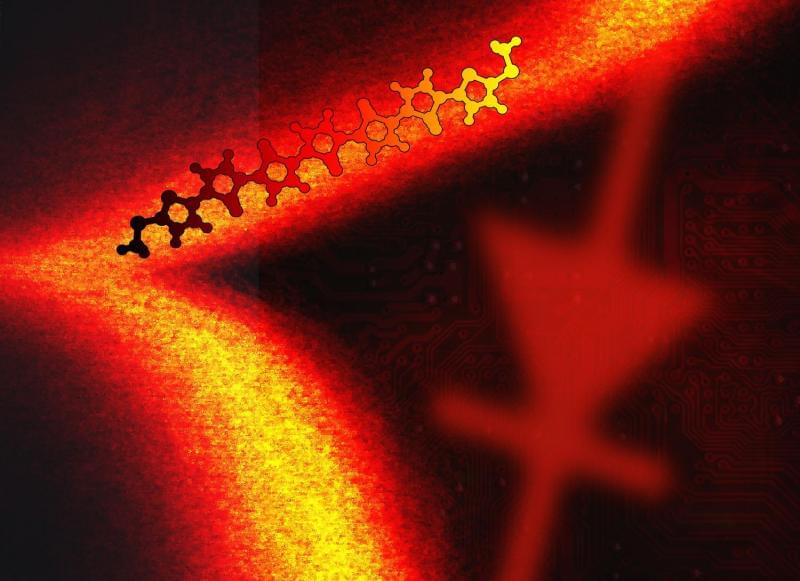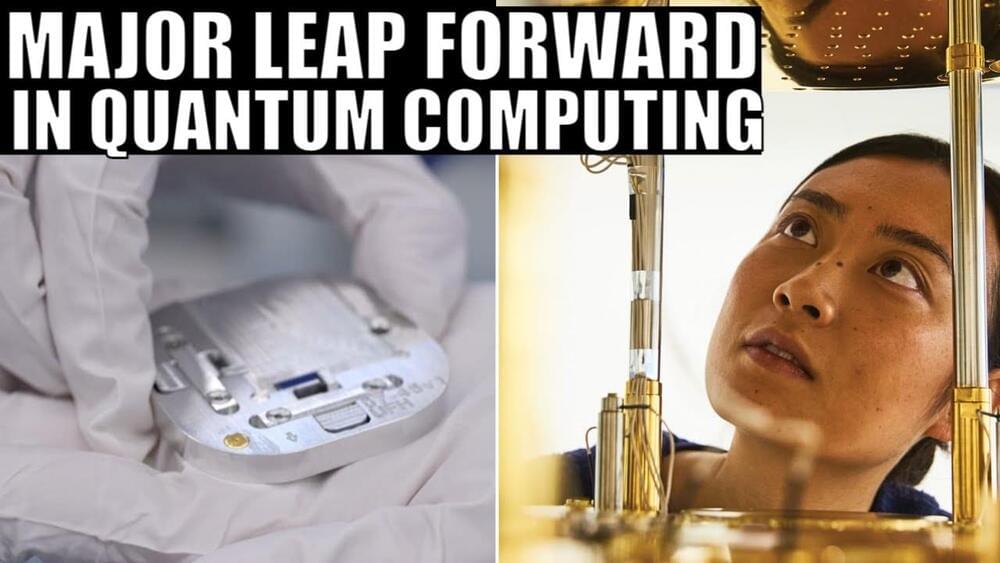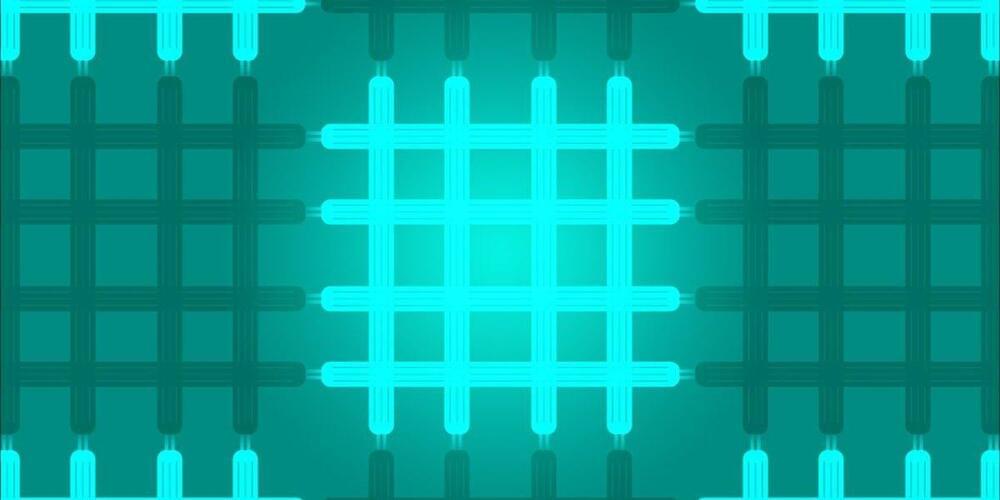Jul 13, 2022
Nvidia rolls out a new platform to enable a hybrid quantum classical computing
Posted by Shubham Ghosh Roy in categories: finance, health, quantum physics, robotics/AI
The potential of quantum computing can in no way be undermined today as it solves some of the most obstinate challenges from bringing down global warming to dramatically bringing down drug discovery time and much more. And with this, several companies are in a spree to bring up quantum computing capabilities.
Nvidia has announced a unified computing platform that will bring in an open environment across quantum processors and classical computers. The company said that the platform aims at speeding enhanced quantum research and development across Artificial Intelligence (AI), High Performance Computing (HPC), health, finance and other disciplines.
The company claims that Nvidia Quantum Optimized Device Architecture or QODA is a first-of-its-kind platform for hybrid quantum-classical computers and aims to make quantum computing more accessible by creating a comprehensive hybrid quantum-classical programming model.
